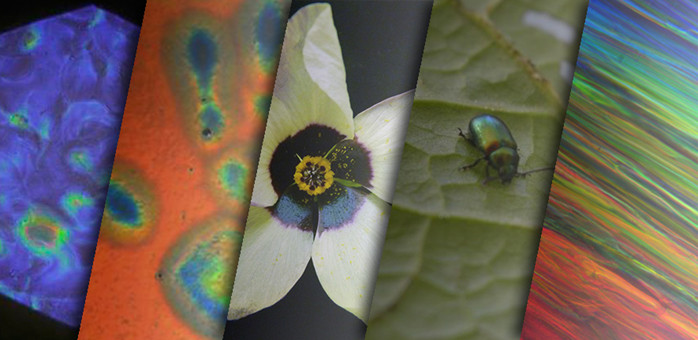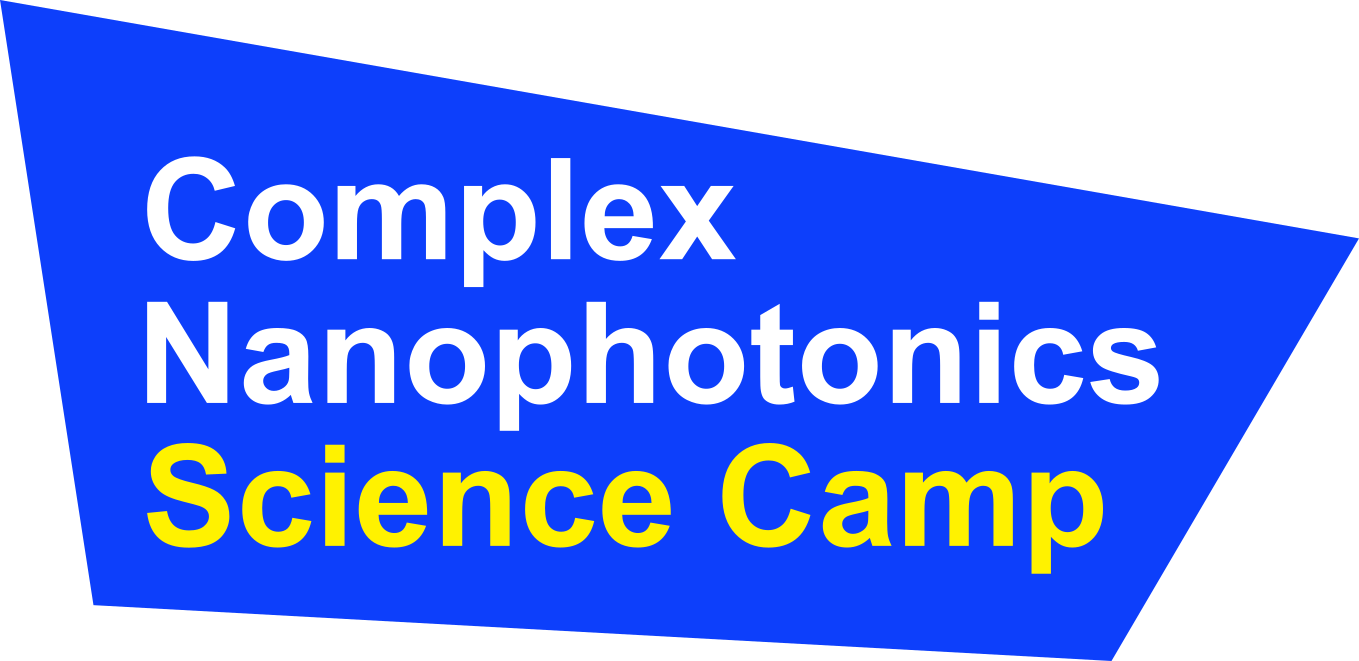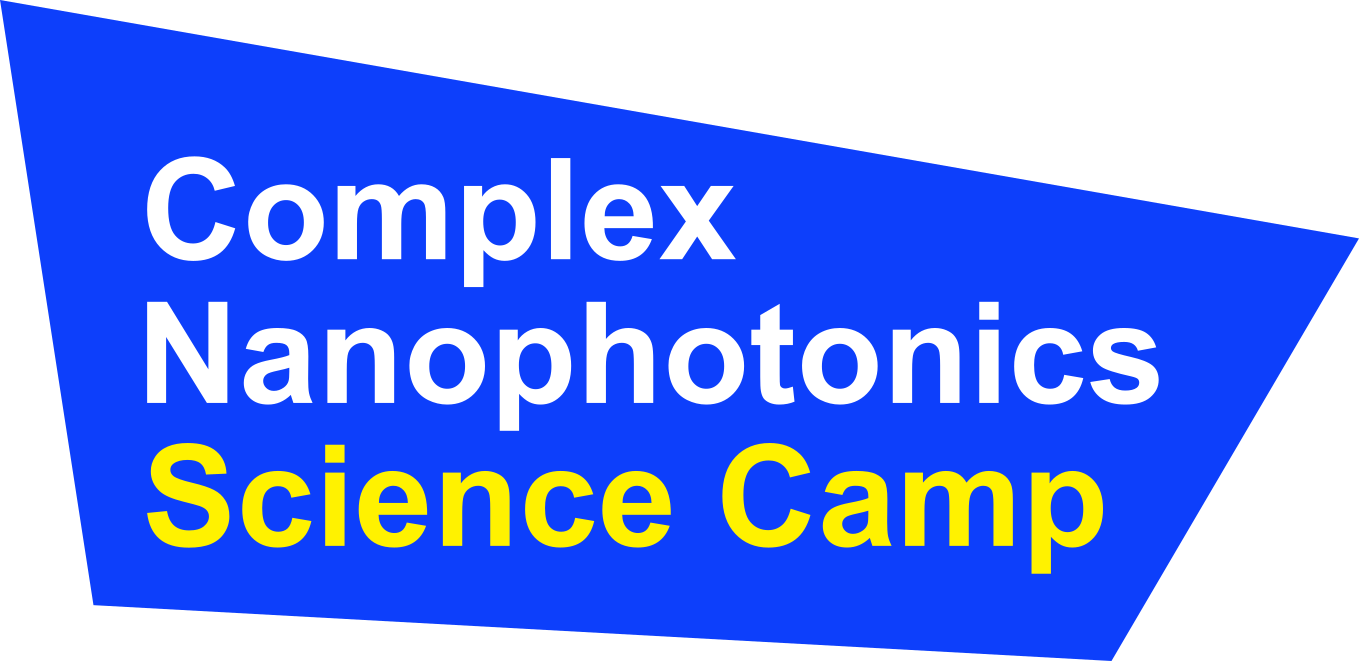
Biomimetic colour engineering from nature to applications
The most brilliant colours in nature are obtained by structuring transparent materials on the scale of the wavelength of visible light. By designing the dimensions of such nanostructures, it is possible to achieve extremely intense colourations over the entire visible spectrum without using pigments or colorants. Colour obtained through structure, namely structural colour, is widespread in the animal and plant kingdom [1]. Such natural photonic nanostructures are generally synthesised in ambient conditions using a limited range of biopolymers. Given these limitations, an amazing range of optical structures exists: from very ordered photonic structures [2], to partially disordered [3], to completely random ones [4].
In this seminar, I will introduce some striking example of natural photonic structures [2-4] and share some insight on their development. Then I will review our recent advances to fabricate bio-mimetic photonic structures using the same material as nature. Developing biomimetic structures with cellulose enables us to fabricate novel photonic materials using low cost polymers in ambient conditions [6-7]. Importantly, it also allows us to understand the biological processes at work during the growth of these structures in plants.

[1] Kinoshita, S. et al. (2008). Physics of structural colors. Rep. Prog. Phys. 71(7), 076401.
[2] Vignolini, S. et al. (2012). Pointillist structural color in Pollia fruit. PNAS 109, 15712-15716.
[3] Moyroud, E. et al. (2017). Disorder in convergent floral nanostructures enhances signalling to bees. Nature 550, 469.
[4] Burresi M. et al. (2014) Bright-White Beetle Scales Optimise Multiple Scattering of Light. Sci. Rep. 4, 727
[5] Parker R. et al. (2018) The Self-Assembly of Cellulose Nanocrystals: Hierarchical Design of Visual Appearance. Adv Mat 30, 1704477
[6] Parker R. et al. (2016). Hierarchical Self-Assembly of Cellulose Nanocrystals in a Confined Geometry. ACS Nano, 10 (9), 8443–8449
[7] Liang H-L. et al. (2018). Roll-to-roll fabrication of touch-responsive cellulose photonic laminates, Nat Com 9, 4632
Biography
Prof. Silvia Vignolini studied Physics at the University of Florence, Italy. In 2009, she was awarded a PhD in Solid State Physics at the European Laboratory for non-Linear Spectroscopy and the Physics Department at the University of Florence. In 2010, she moved to Cambridge as a post-doctoral research associate working in the Cavendish Laboratory and the Plant Science Department. In 2013, she started her independent research becoming a BBSRC David Phillips Fellow. Dr. Vignolini is currently a Professor at the University of Cambridge in Sustainability and Bio-inspired materials. Her research interest lies at the interface of chemistry, soft-matter physics, optics, and biology. In particular, her research focuses on the study of how natural materials (like cellulose) are assembled into complex architectures within living organisms and how the such materials can be exploited to fabricate a novel class of photonic pigments.
Website
Affiliation
Department of Chemistry, University of Cambridge, UK
Category
Invited speaker, 2021


